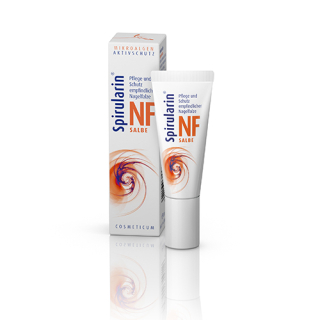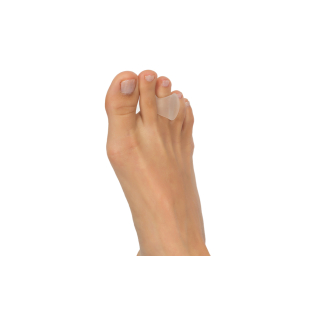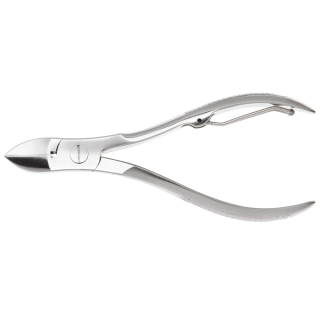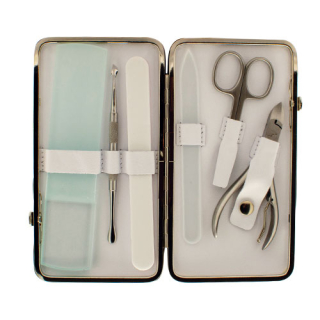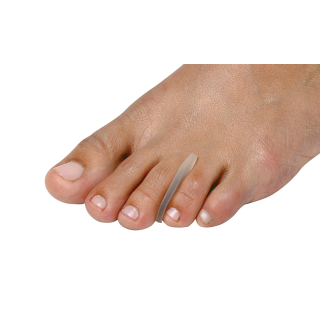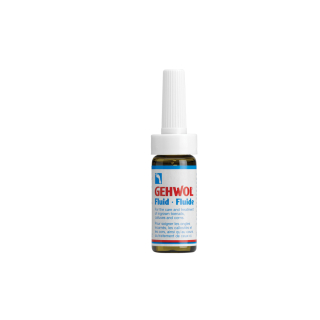Ingrown toenail
An ingrown toenail is a common problem which can cause the toe to feel tender or painful. Ingrown toenail treatments are highly effective in reducing unwanted symptoms. Read about the causes of ingrown toenails and how to treat them below.


What is an Ingrown Toenail?
An ingrown toenail develops when the sides of the toenail grow into the surrounding skin. This can occur on any toe, however, it is more often on the big toe.
What are the symptoms of an Ingrown Toenail?
Symptoms of an ingrown toenail include:
- Red, tender and swollen skin down the side of the nail.
- Pain if pressure is placed on the toe.
- A buildup of fluid around the toe.
- White or yellow pus coming from the affected area.
Causes of an Ingrown Toenail
There are two main causes of ingrown toenails. First, as a result of poor cutting, the nail can be left jagged or too short leaving a nail spike that pierces the skin. Second, a nail can become too long and curl, also resulting in a skin lesion. Other causes can be from shoes that are too tight, sweaty feet or foot trauma.
People who suffer from diabetes, neuropathy, poor circulation, or are classed as immune-compromised are more at risk of getting ingrown toenails as they may not feel them developing.
Treatments for an Ingrown Toenail
An ingrown toenail is best treated by firstly cutting your toenails correctly; ensure they are cut straight across the top so the sides can be seen. If you have dry skin down the sides of the toe, gently push and hold the skin away from the nail side and apply a drop of olive oil with a cotton bud. If you struggle to cut your own nails, seek assistance from a foot health practitioner.
Note: NEVER dig down the sides of your nails with any scissors or probes as this could cause the toe to become infected.
Wash your feet daily with soapy water, drying your feet thoroughly, and wear proper fitted footwear – especially in sports activities. Consider wearing correcting orthotics which will help correct ‘rolling in’ your feet, avoiding additional pressure to the toes.
If you have diabetes, poor circulation or immunocompromised then you should seek advice from a HCPC registered podiatrist
Frequently Asked Questions
Can ingrown toenail heal itself?
With proper foot care, including when cutting the nail, minor ingrown toenails can heal on their own as the nail grows out. However, severe or infected ingrown nails may require professional medical treatment. If you have diabetes, poor circulation or are immunocompromised then you should seek advice from a medical professional.
What does an infected ingrown toenail look like?
An infected ingrown toenail may look yellowing, red or swollen. The nail may be thick or cracked (specifically with fungus infections). The toe may feel sore, be painful or throbbing. An abscess may occur that is filled with pus, where the jagged edge of the nail is puncturing the skin.
Is ingrown toenail serious?
Most of the time, an ingrown toenail is not a serious health problem and symptoms can be improved by ingrown toenail treatment. You can prevent an ingrown toenail from growing back by practising good foot care and proper nail cutting techniques. If you have diabetes, poor circulation, or you are immunocompromised, you should seek the advice of a registered podiatrist.

